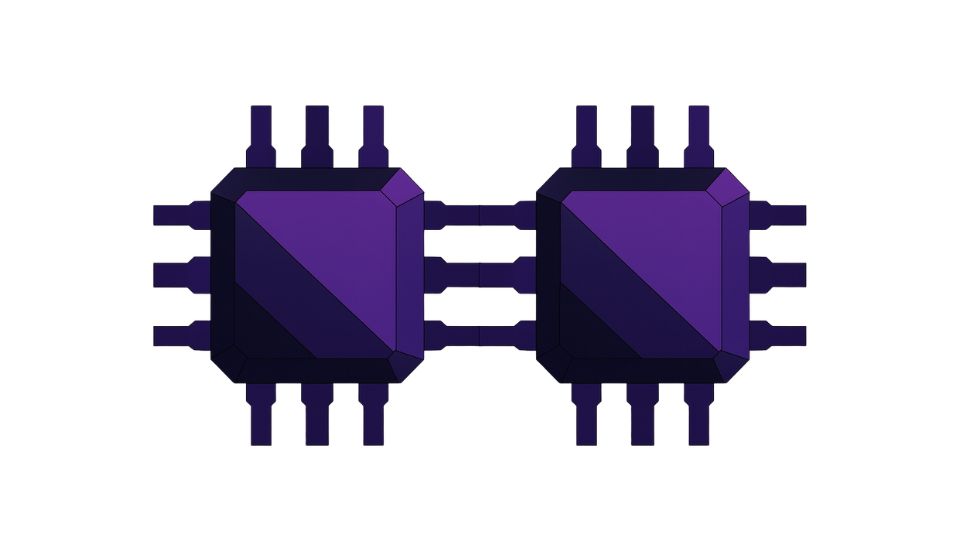CitrixBleed is a critical information-disclosure vulnerability. It strikes Citrix NetScaler Application Delivery Controller (ADC) and NetScaler Gateway systems. Attackers exploit this flaw to steal session tokens, hijack user sessions, and bypass multi-factor authentication.
Understanding CitrixBleed Vulnerabilities
CitrixBleed comprises two significant vulnerabilities: CVE-2023-4966 and CVE-2025-5777. Attackers widely exploited CVE-2023-4966, the original information-disclosure flaw, as a zero-day. Its successor, CVE-2025-5777, or “CitrixBleed 2,” has a critical CVSS score of 9.3. This second bug allows attackers to join any NetScaler session, establish Citrix Virtual Desktop Environment (VDE) sessions, or hijack active NetScaler administrative sessions.
Both vulnerabilities exploit weaknesses in how NetScaler ADC and Gateway components manage session information. Threat actors use these flaws to extract valid session cookies. These tokens maintain user authentication. When compromised, attackers can impersonate legitimate users and administrators without needing credentials or brute-forcing MFA.
Impact and Real-World Exploitation
CitrixBleed exploitation impacts organizations worldwide, particularly those relying on Citrix NetScaler for secure remote access, application delivery, and virtual desktop infrastructure. The flaw’s key impacts include:
- Data Breaches: Hijacked sessions let attackers access sensitive corporate data, intellectual property, and user credentials.
- System Compromise: Compromised administrative sessions give attackers full control over affected systems, enabling further network penetration.
- Digital Espionage: Advanced Persistent Threat (APT) groups actively exploit CitrixBleed as a zero-day. They target government entities and critical infrastructure sectors for intelligence gathering. Amazon’s threat intelligence team confirmed an unnamed APT group exploited CVE-2025-5777 via their honeypot network before Citrix released a patch.
- Cybercrime: Cybercriminal organizations leverage these flaws for initial network access. This enables ransomware deployment, data exfiltration for extortion, and other malicious acts.
Mitigation and Prevention Strategies
Organizations running Citrix NetScaler ADC and Gateway systems must immediately implement strategies to counter CitrixBleed’s threats. Key steps include:
- Prompt Patching: Immediately apply all vendor-provided security patches for CVE-2023-4966 and CVE-2025-5777. Even patched systems could have suffered compromise if attackers exploited the zero-day before the patch release.
- Forensic Investigation: Conduct thorough forensic investigations. Determine if systems suffered compromise before patching. Look for Indicators of Compromise (IoCs) to detect any lingering threat actor presence.
- Session Invalidations: After patching, invalidate all active user and administrative sessions. This forces re-authentication and clears any hijacked sessions.
- Multi-Factor Authentication (MFA): Enforce robust MFA across all access points. However, advanced CitrixBleed exploitation can bypass some MFA by hijacking already authenticated sessions.
- Network Segmentation and Monitoring: Implement strict network segmentation to limit lateral movement during a breach. Deploy continuous monitoring solutions to detect unusual network activity showing exploitation.
To protect critical assets, organizations must update to patched releases and review recent sudo-mode activity. Additionally, forensic investigations help identify pre-patch compromises.

